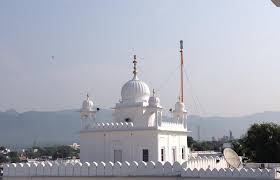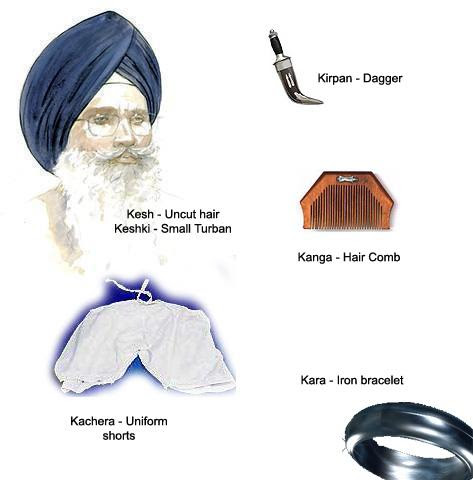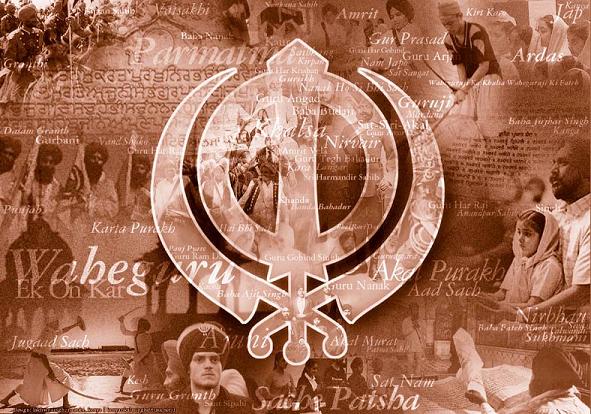DHAKAULI, a village in Patiala district, 14 km east of Chandigarh (30° 44`N, 76° 46`E), is famous for Gurdwara Baoli Sahib, dedicated to Guru Gobind Singh. According to local tradition, the Guru, on his way back from Paonta to Anandpur in November 1688 decided to encamp on this site. He was told by the villagers that the nearest source of water was the stream Sukhna which was 2 km away.
DHILVAN KALAN, village 5 km southeast of Kot Kapura (30° 35`N, 74° 49`E) in Faridkot district of the Punjab, was the abode of Sodhi Kaul, shortened from Kaulnain, a descendant of Guru Arjan`s elder brother, Prithi Chand, and thus a collateral relation of Guru Gobind Singh. According to Bhai Santokh Singh, Sri" Gur Pratap Suraj Granth, Guru Gobind Singh, displeased at Chaudhari Kapura`s refusal to assist him in warding off the pursuing army from Sirhind, left Kot Kapura and came to Dhilvari Kalari, where Sodhi Kaul and his four sons received him with honour.
DIPALPUR (30° 40`N, 73° 32`E), tahsil (subdivision) town of Montgomery (or Sahiwal) district of Pakistan, was, according to Miharban Janam Sakhi, visited by Guru Nanak (1469-1539) on his way back from Pakpattan to Talvandi. According to local tradition, the Guru sat under a dead pipal tree on the southeastern outskirts of the town. The tree foliated. Guru Nanak is also said to have cured a leper named Nuri or Nauranga.
GHUMAN, village 10 km west of Sri Hargobindpur (30°41`N, 75°29`E) in Gurdaspur district of the Punjab. Namdev (1270-1350), the muchrevered saint of Maharashtra, some of whose hymns are included in the Guru Granth Sahib, lived in this village for a considerable time. Most of his years until the age of 55 were spent at Pandharpur, in Sholapur district of Maharashtra. Then he journeyed extensively through north India and returned to Maharashtra after 18 years. During this period, he also visited the Punjab and, according to tradition, made Ghuman his seat of residence.
GOIND, BHAI, a Ghei Khatri of Sultanpur Lodhi, embraced the Sikh faith in the time of Guru Amar Das. He took part in sevd for the digging of the sacred pool at Amritsar under Guru Arjan. Bhai Gurdas describes Bhai Goind in his Varan, XI.20, as one of the leading disciples of the Guru. GOIND, BHAI, also known as Bhai Gonda (1569-1649), head of a dhudn, seat or branch of Udasi Sikh preachers, was born on 27 July 1569 in a Khatri family of Srinagar in Kashmir.











